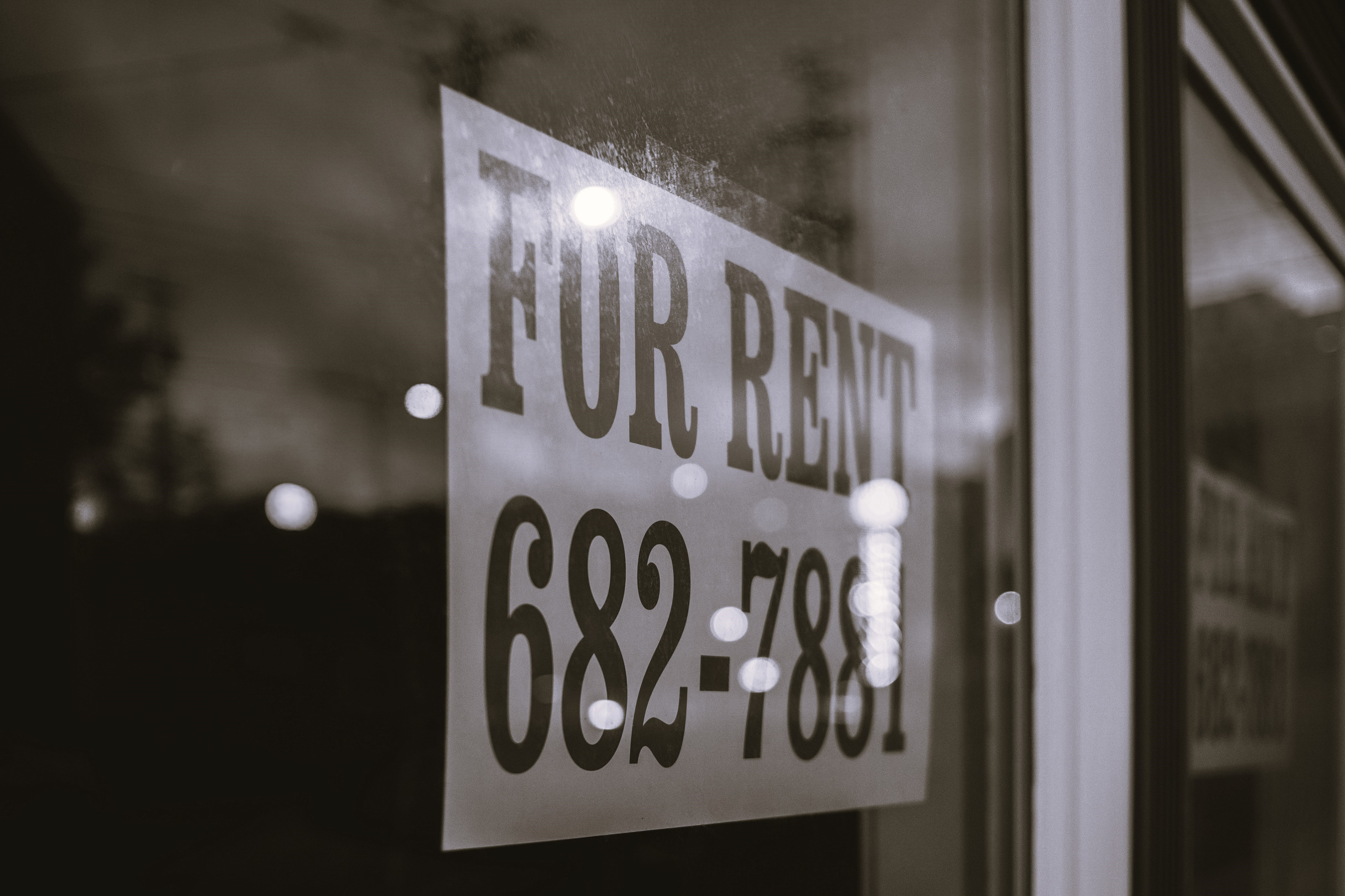Housing Behind Law’s Back: Sweden’s Acute Housing Shortage and the Looming Black Market
Maria Niemelä (EVICT student researcher)
The right to adequate housing in Sweden is a constitutionally recognized ‘allmännytta’: a right that belongs to everyone in the country and is protected as such. This means that all tenures are considered equal, which is reflected in the lack of social housing. Instead of protecting only a part of the population through subsidized apartments, the Swedish system aims to offer affordable quality housing for all. The responsibility to ensure housing for everyone lies with the 290 municipalities, out of which 255 report a housing shortage. Currently, Sweden’s home ownership rate is relatively low at 64,5%, in comparison to other European Union countries, marking the rental housing market as a substantial one, but difficult to access for lower income households. Purchasing housing is out of the question for the socially disadvantaged, such as immigrants, addicts and those who suffer from mental health issues. Those lucky enough to find housing hold onto it for their dear lives, or sublet it for profits in illegal contracts with therefore no legal protection. Moreover, the housing needed does not physically exist – according to an estimation by the Sweden’s National Board of Housing, the capital Stockholm would have to build approximately 25,000-30,000 homes a year in order to meet the pressing demand, raising questions about whether the ideology behind the housing policy is serving the current reality.
Those lucky enough to find housing hold onto it for their dear lives
There are two important mechanisms to ensure the two core values, equality and affordability, in the Swedish housing provision system. However, they do not come without issues. One is employed in the application process for rental apartments – the municipality’s apartment waiting list for public housing. There is no prioritization of applicants on the basis of their housing needs, making all housing options available to everyone, regardless of their social class. While the system is seemingly equal, it can easily be taken advantage of by the financially secure classes, who may then occupy the affordable, well-located apartments. As a result, the vulnerable groups are pushed to the outskirts of the city, harming the (re)integration process of some into the society. The waiting list concretizes the pure lack of housing – the average queuing time in the capital ranges from nine to sixteen years.
The second mechanism concerns mostly the private sector, which makes up half of the rental housing market. It works to achieve affordability in urban areas, and is known as the ‘bruksvärdessystem’ – the utility value system. Instead of allowing the market forces to regulate prices, the Swedish Union of Tenants performs an estimate on the value of a dwelling based on its characteristics and utilities. As such, the procedure acts as a price ceiling, preventing private landlords from making an excessive profit, while ensuring that both sectors, public and private, compete for the same share of tenants.
Although the ‘bruksvärdessystem’ is seemingly effective in its quest for affordability, it is also a key contributor to the lengthy housing queue in the city, leading many to resort to blackmarket housing. It goes without saying that this ‘off-the-books approach’ is profitable to private landlords, who receive no monetary aid from municipalities, despite the essentially profit-limiting procedure. Furthermore, this may disencourage investments on building new housing in a country, where it is already much pricier compared to its neighbors in the European Union. Evaluation based on utility fails to take into account the subjective attractiveness of an apartment, and can therefore even lead to underappreciation of its value, casting doubt on how well the reality is reflected in the ‘bruksvärdessystem’.
The Swedish housing provision system seems unable to fulfil current housing need
As illustrated, the Swedish housing provision system seems unable to fulfil current housing needs, let alone protect vulnerable groups in the absence of state measures. However, many remain reluctant to the wind of change. In June, the left party withdrew support from the Prime Minister Stefan Löfven, following plans to change the housing policy, leading to the first ever successful vote of no confidence in Sweden. Whether state intervention would imply a shift of model to one that supports social housing or one that merely provides a change of perspective, it is clear that the Swedish principle of ‘housing for all’ cannot subsist in a time where the group of vulnerable people is growing. A real ‘housing for all’-principle should specifically address the vulnerable to prevent the principle from turning into ‘housing for the rich’.





